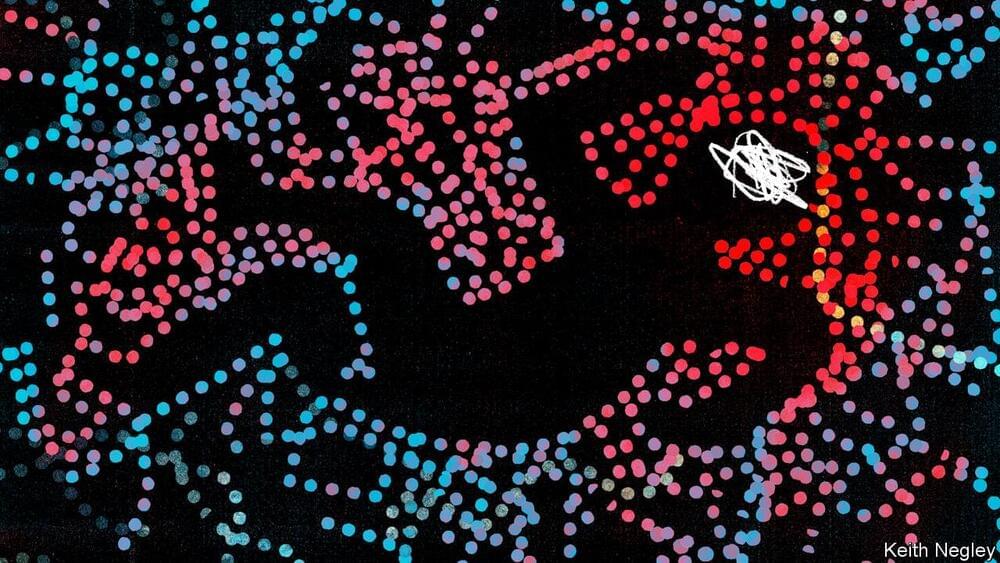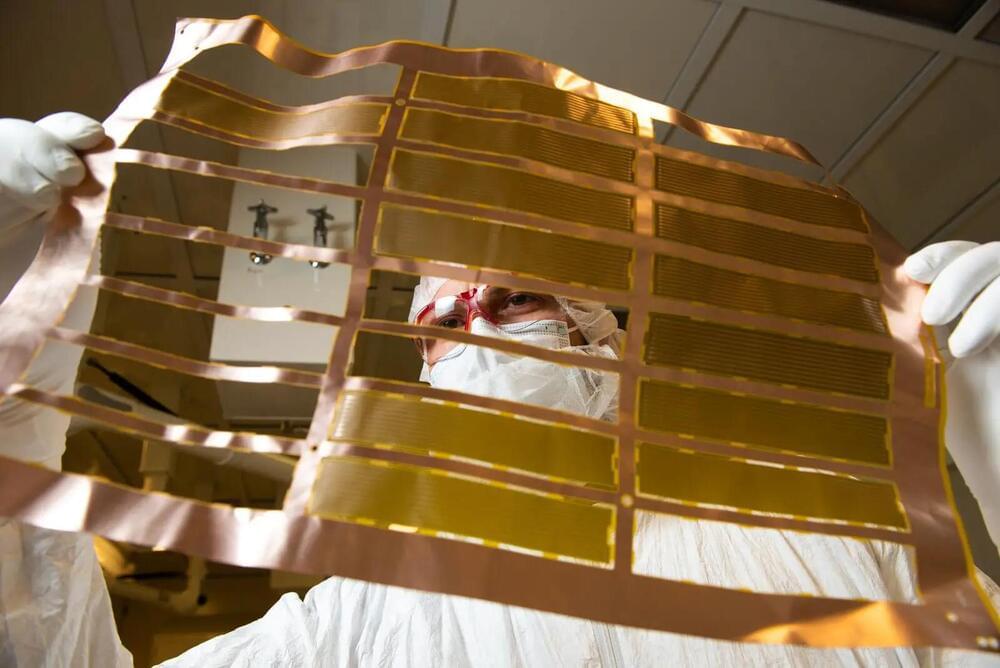We are introducing a new track on biomedical issues and possibilities at #NewWorlds in Austin Nov. 17. Come check it out!



Mercedes-Benz is using digital twins for production with help from NVIDIA Omniverse, a platform for developing Universal Scene Description (OpenUSD) applications to design, collaborate, plan and operate manufacturing and assembly facilities.
Mercedes-Benz’s new production techniques will bring its next-generation vehicle portfolio into its manufacturing facilities operating in Rastatt, Germany; Kecskemét, Hungary; and Beijing, China — and offer a blueprint for its more than 30 factories worldwide. This “Digital First” approach enhances efficiency, avoids defects and saves time, marking a step-change in the flexibility, resilience and intelligence of the Mercedes-Benz MO360 production system.
The digital twin in production helps ensure Mercedes-Benz assembly lines can be retooled, configured and optimized in physically accurate simulations first. The new assembly lines in the Kecskemét plant will enable production of vehicles based on the newly launched Mercedes Modular Architecture that are developed virtually using digital twins in Omniverse.

Just about everyone may want to look and feel younger and healthier, but multimillion-dollar investments and broccoli smoothies are not for everyone. Still, that doesn’t mean the less hardcore among us are out of luck if we’re hoping to turn back the clock on our brain health.
New research by a team of psychologists uncovered a simple way just about anyone can get their brain working like it’s decades younger.
You probably don’t need science to tell you this, but people’s cognitive acuity generally starts to level off in their 30s and 40s before declining more markedly in their 60s. Most of us write our slower responses and memory lapses off to the unavoidable indignities of aging. But what if they were just the adult equivalent of the “summer slide” that affects kids, a pair of researchers wanted to know.

Wi-Fi signals can do much more than deliver streaming movies and music around the home, it turns out: they can also be used to identify shapes through solid walls, as demonstrated in recent experiments.
The ability for Wi-Fi to spot movement through walls has been shown off before, but the technology struggles with seeing anything that isn’t in motion.
To overcome that limitation, researchers from the University of California Santa Barbara (UCSB) designed a Wi-Fi setup to concentrate specifically on the edges of objects, much like a person might do an outline drawing.

For years, researchers have tried various ways to coax quantum bits — or qubits, the basic building blocks of quantum computers — to remain in their quantum state for ever-longer times, a key step in creating devices like quantum sensors, gyroscopes, and memories.
A team of physicists from MIT
MIT is an acronym for the Massachusetts Institute of Technology. It is a prestigious private research university in Cambridge, Massachusetts that was founded in 1861. It is organized into five Schools: architecture and planning; engineering; humanities, arts, and social sciences; management; and science. MIT’s impact includes many scientific breakthroughs and technological advances. Their stated goal is to make a better world through education, research, and innovation.

Imagine trying to tune a radio to a single station but instead encountering static noise and interfering signals from your own equipment. That is the challenge facing research teams searching for evidence of extremely rare events that could help understand the origin and nature of matter in the universe. It turns out that when you are trying to tune into some of the universe’s weakest signals, it helps to make your instruments very quiet.
Around the world, more than a dozen teams are listening for the pops and electronic sizzle that might mean they have finally tuned into the right channel. These scientists and engineers have gone to extraordinary lengths to shield their experiments from false signals created by cosmic radiation. Most such experiments are found in very inaccessible places—such as a mile underground in a nickel mine in Sudbury, Ontario, Canada, or in an abandoned gold mine in Lead, South Dakota—to shield them from naturally radioactive elements on Earth. However, one such source of fake signals comes from natural radioactivity in the very electronics that are designed to record potential signals.

Global cancer cases in those under 50 surged by 79% over the past 30 years, with breast, windpipe, and prostate cancers leading the rise. The findings call for a global strategy emphasizing prevention, early detection, and tailored treatments for younger patients.
There’s been a striking 79% increase in new cases of cancer among the under 50s around the world over the past three decades (1990−2019), finds research published in the open-access journal BMJ Oncology.
Breast cancer accounted for the highest number of ‘early onset’ cases in this age group in 2019. But cancers of the windpipe (nasopharynx) and prostate have risen the fastest since 1990, the analysis reveals. Cancers exacting the heaviest death toll and compromising health the most among younger adults in 2019 were those of the breast, windpipe, lung, bowel, and stomach.

In an interview this year, Tosca Musk, entrepreneur and sister of Tesla Inc. and SpaceX CEO, Elon Musk, shed light on the unexpected burdens that come with her famous last name. While speaking to the Daily Mail, Tosca discussed the misconceptions and financial pressures she faces because of her sibling’s astronomical wealth. She is the younger sister of the richest man in the world who has a net worth of around $230 billion, according to Forbes.
Tosca, renowned for her role as founder of the streaming service and production company Passionflix, shared a particular incident that highlighted these issues. She revealed that when she sought to secure a location for her ventures, she was initially quoted $5,000 per day. As soon as her identity was recognized, the rate mysteriously skyrocketed to $25,000. Musk expressed her frustration, stating that such assumptions were hardly equitable.
